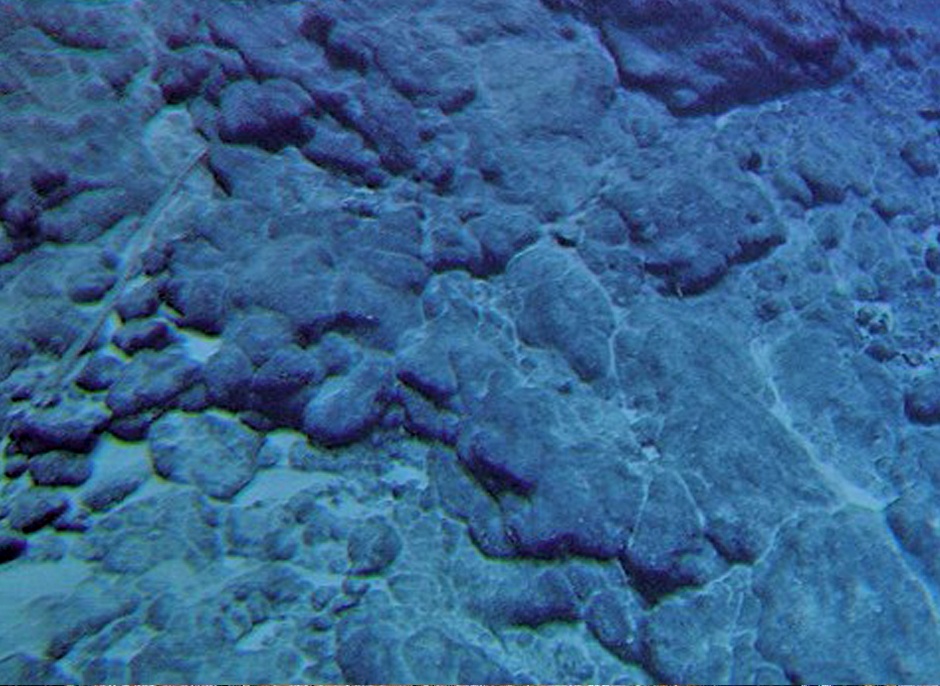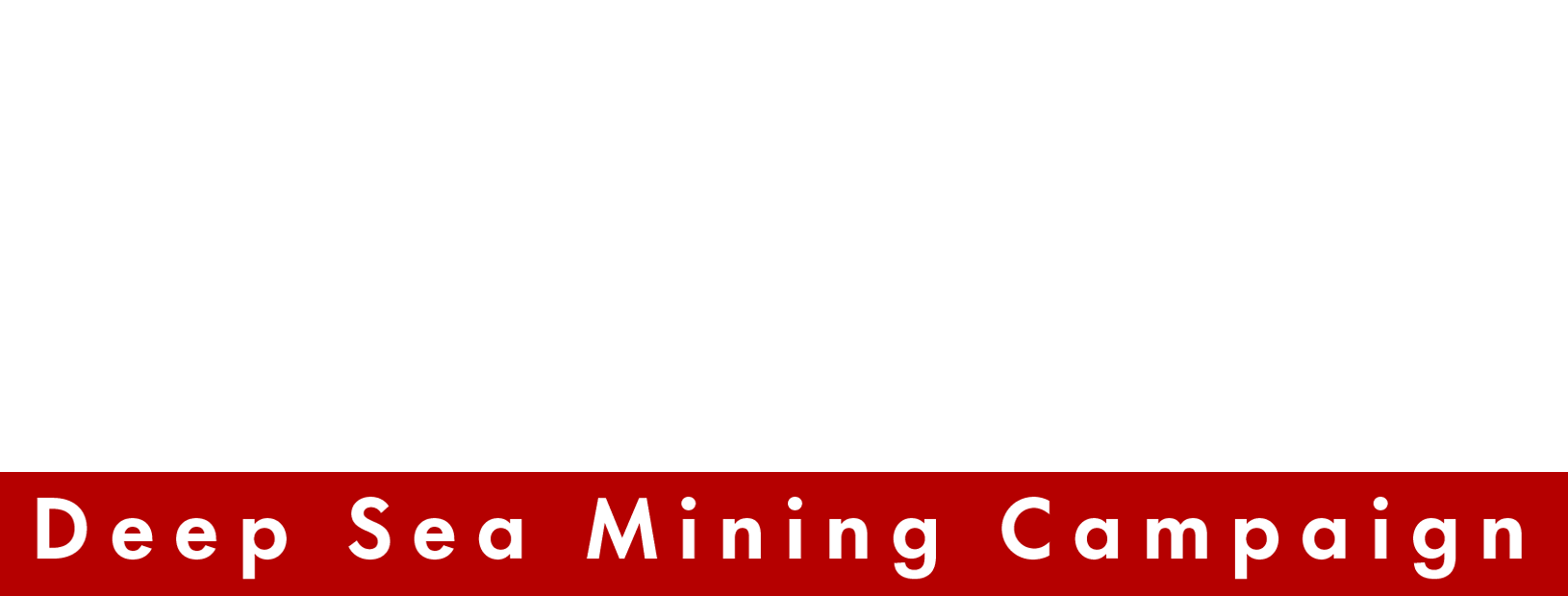WHAT IS DEEP SEA MINING?
Deep sea mining proposes to transform the world’s oceans into extraction zones
Deep sea mining (DSM) is the process of mining metal-rich mineral deposits from the deep seabed at depths below 200 meters. The objective is to mine minerals including copper, nickel, aluminium, manganese, zinc, gold and cobalt.
The DSM industry exaggerates growing demand for these metals falsely claiming they will help in the green transition, manufacturing smartphones, wind turbines, solar panels and electric storage batteries. In reality we know that when countries like the USA and China speak of ‘critical minerals’, they often mean equipment used in warfare.
While extensive seabed exploration has and is currently being carried out, no commercial deep sea mining (DSM) operation has yet been established successfully. Some have tried and failed. Both Nautilus and Loke have gone bankrupt trying to do so.
Approximately 2 million square kilometres of Pacific Ocean Floor is currently open to exploration for deep sea mining despite the very real concern that the impacts of DSM will be extensive, severe and last for generations, causing essentially irreversible species loss and ecosystem degradation
Indigenous Peoples and organisations across the Pacific have called for the requirement of Free, Prior, and Informed Consent (FPIC) to be applied to DSM proposals in all jurisdictions.
Miners have focused on three deep sea environments to exploit.
Each of these environments is not only rich in minerals but also home to fragile ecosystems that could be irreparably damaged by DSM. Protecting them is crucial.

Polymetallic nodules
Abyssal plains, like that of the Clarion Clippersone Zone (CCZ) 3,500–6,500 meters deep, hold metallic nodules rich in nickel, manganese, copper, and cobalt. These ancient deposits form over millions of years around organic matter like fish teeth. These remote regions are home to a diversity life.

Cobalt-rich crusts
Seamounts, rising thousands of meters above the ocean floor, are coated in crusts packed with high-value metals like cobalt and platinum. Growing just millimeters over millions of years, these slow-forming crusts are surrounded by vibrant marine life, including corals, sponges, sharks, and sea turtles.

Hydrothermal vents
Found 1,500 to 3,000 meters deep, hydrothermal vents produce massive sulfide deposits rich in copper, gold, and silver. These volcanic ridges, known as the “ring of fire,” host unique species like the blind yeti crab and the scaly-foot snail, the latter being the first deep sea animal declared endangered due to mining threats.
